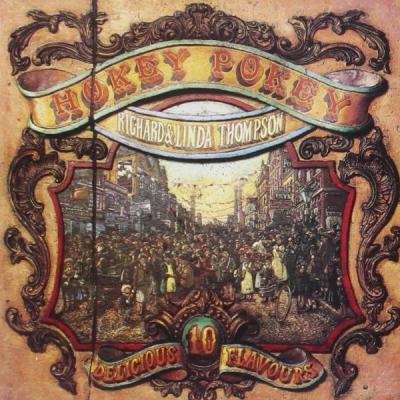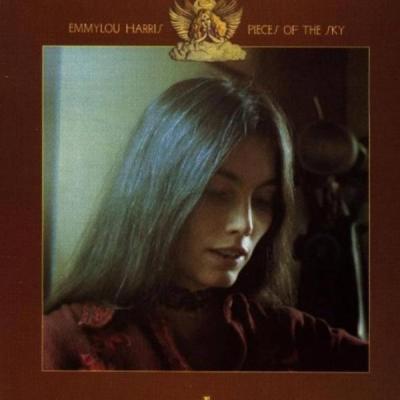


Charles Mingus: The Black Saint and The Sinner Lady
Album #39 - July 1963
Episode date - June 12, 2024
I confess to experiencing significant anxiety when I play this album uninterrupted, which is really the only way to listen. Somehow, Charles Mingus manages to cram an entire lifetime of frustration, anger, and violence into one continuous work and combine it with a sense of peace, joy, and resolve.
Parts of it can be truly disturbing, while elsewhere is some of Mingus’ most beautiful work. I don’t think I’ve ever experienced such an emotional roller coaster as “The Black Saint and the Sinner Lady.” He manages to convey volumes without uttering a single word, but I would be very selective regarding who I played it for. Most casual listeners will bristle at the more challenging segments because casual listeners usually prefer music that suits their expectations. This album does nothing of the sort. It is designed to challenge the listener. In places, it wants you to feel uncomfortable.
I freely admit that my opinion regarding the scope and intensity of emotion on display here may be exaggerated or even dead wrong, but I don’t think so. Why else would he ask his psychoanalyst to write the liner notes? Come to think of it, who else would have even considered doing such a thing in 1963? Mingus was a unique cat, and certainly not the most likeable guy at the party, and that is because he refused to hold back on his thoughts or his emotions. He was the kind of guy that caused backs to stiffen when he showed up, and he struggled to be recognized in his lifetime, because nobody felt comfortable talking about Mingus music while he was still alive to rebut their stupidity or ignorance.
I’m not equipped with the knowledge to discuss the structural details of “The Black Saint and the Sinner Lady,” but I can say that I hear sections that dwell on one tonal chord while the outlying sounds swirl around it, redundant and yet amorphous and constantly shifting, much like emotions shift and lead you to a darker or lighter place. When the tension releases it is both exhilarating and exhausting.
Recently, I spent a few years of my life listening intently to the life’s work of Duke Ellington, and I can say without hesitation that Charles Mingus was his best student. Like Ellington, Mingus liked to compose for a large group of musicians. Both loved structure, melody, and tonality, but they also liked to surprise their listeners and thrived on discovery, which was especially true in Ellington’s later years. By then, it may have been hard to discern who had a greater influence on the other, but both reached inward to find the depth of their art within themselves. Their personalities could hardly have been more different, yet they seemed to find a common truth. Trust yourself. Protect that which you believe in, even (or especially) when the odds are against you. Do not compromise. By 1963, the shape of jazz had changed irrevocably. With “The Black Saint and the Sinner Lady,” Mingus succeeded at shaping it into his own image.
Featured Tracks:
Track A – Solo Dancer
- "Stop! Look! And Listen, Sinner Jim Whitney!"
Track B – Duet Solo Dancers
- "Hearts' Beat and Shades in Physical Embraces"
Track C – Group Dancers
- "(Soul Fusion) Freewoman and Oh, This Freedom's Slave Cries"
Mode D – Trio and Group Dancers
Mode E – Single Solos and Group Dance
Mode F – Group and Solo Dance
- "Stop! Look! And Sing Songs of Revolutions!"
- "Saint and Sinner Join in Merriment on Battle Front"
- "Of Love, Pain, and Passioned Revolt, then Farewell, My Beloved, 'til It's Freedom Day"
July 1963 – Billboard Did Not Chart
Related Shows
- 1 of 19
- ››













